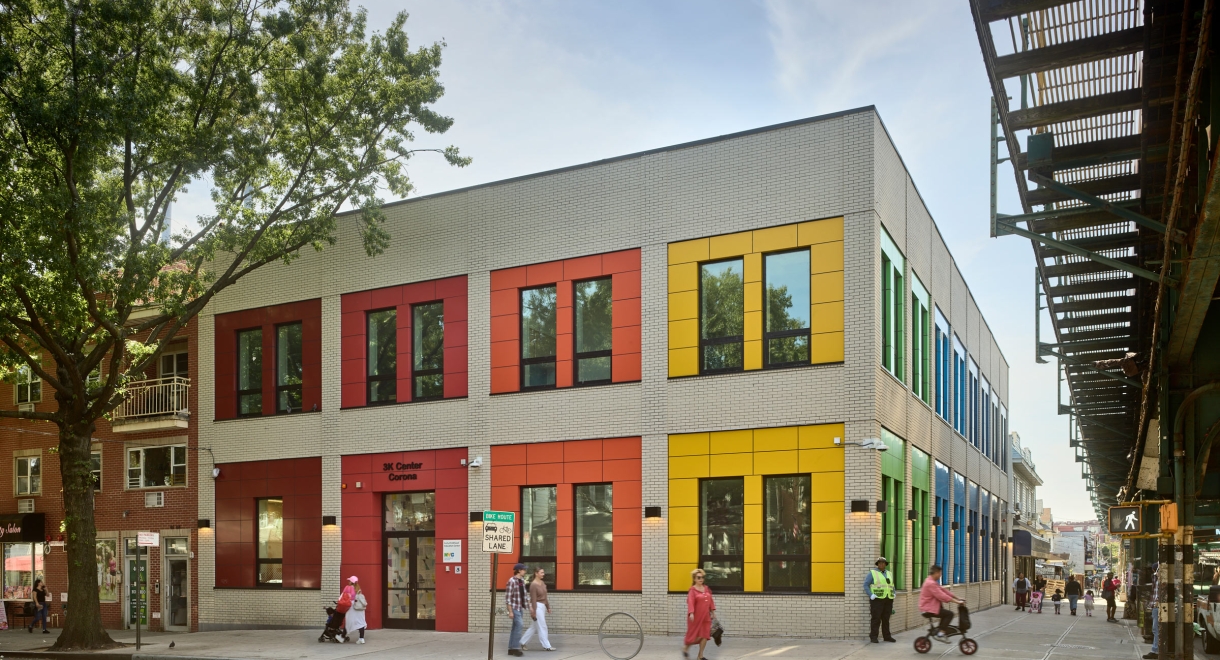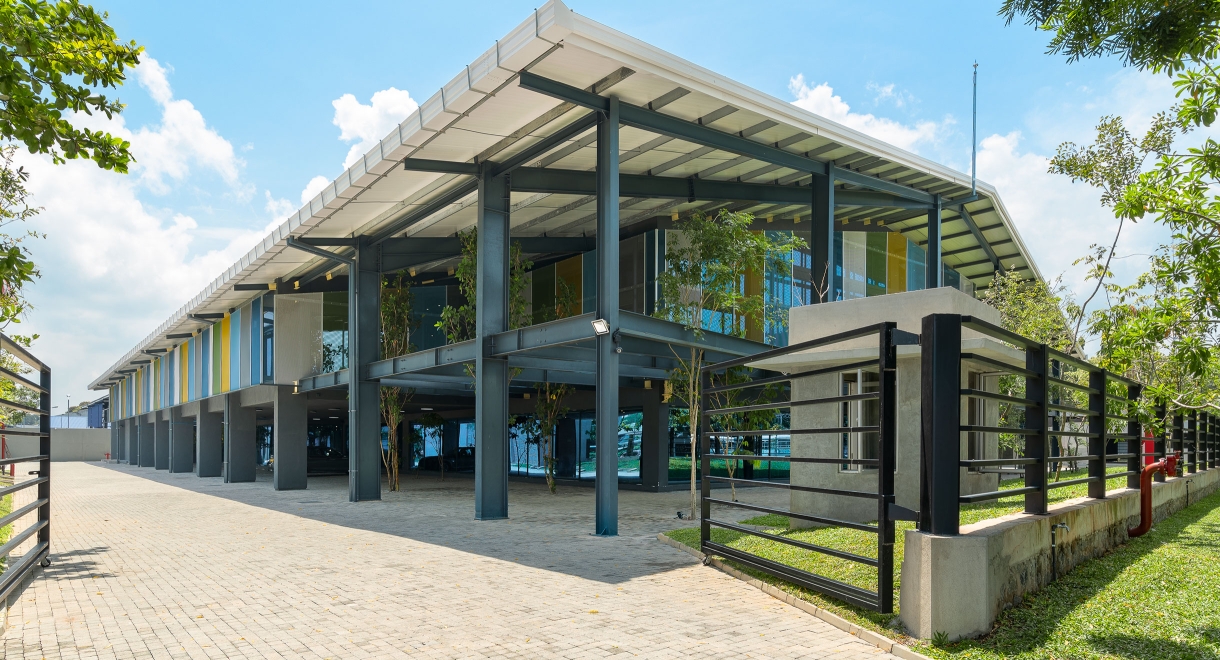Healthy Workplace Design With Passive House Principles
2023.05.03
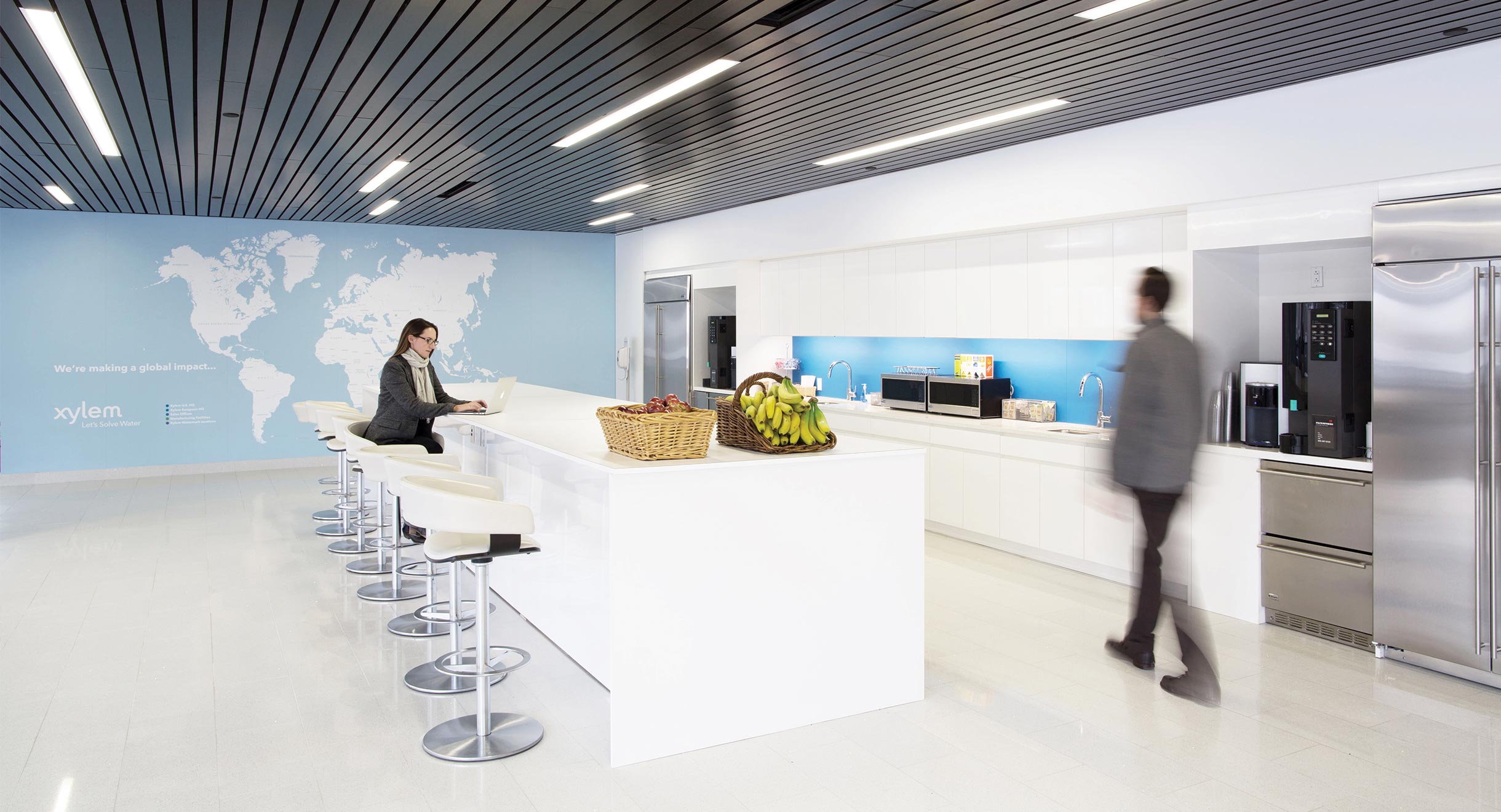
Indoor spaces have a major impact on our health and productivity. According to research published in ASHRAE Journal, up to a quarter of office workers suffer from symptoms such as allergies, respiratory ailments, and asthma which can be caused or exacerbated by poor ventilation and indoor air quality.
The accumulated loss of productivity due to these health issues is estimated to be as high as $60 billion annually. However, adopting healthy building strategies can help prevent these losses. Passive House methods not only ensure a healthy building but also increase ROI for employers, improving business profitability.
What Makes A Building Healthy?
Key components of healthy buildings include high indoor air quality, increased natural lighting and effective acoustical treatments. According to a study published in Science Direct, health-focused upgrades to indoor spaces resulted in a 26% increase in occupant cognitive test performance. These improvements can substantially boost employee productivity, comfort and morale.
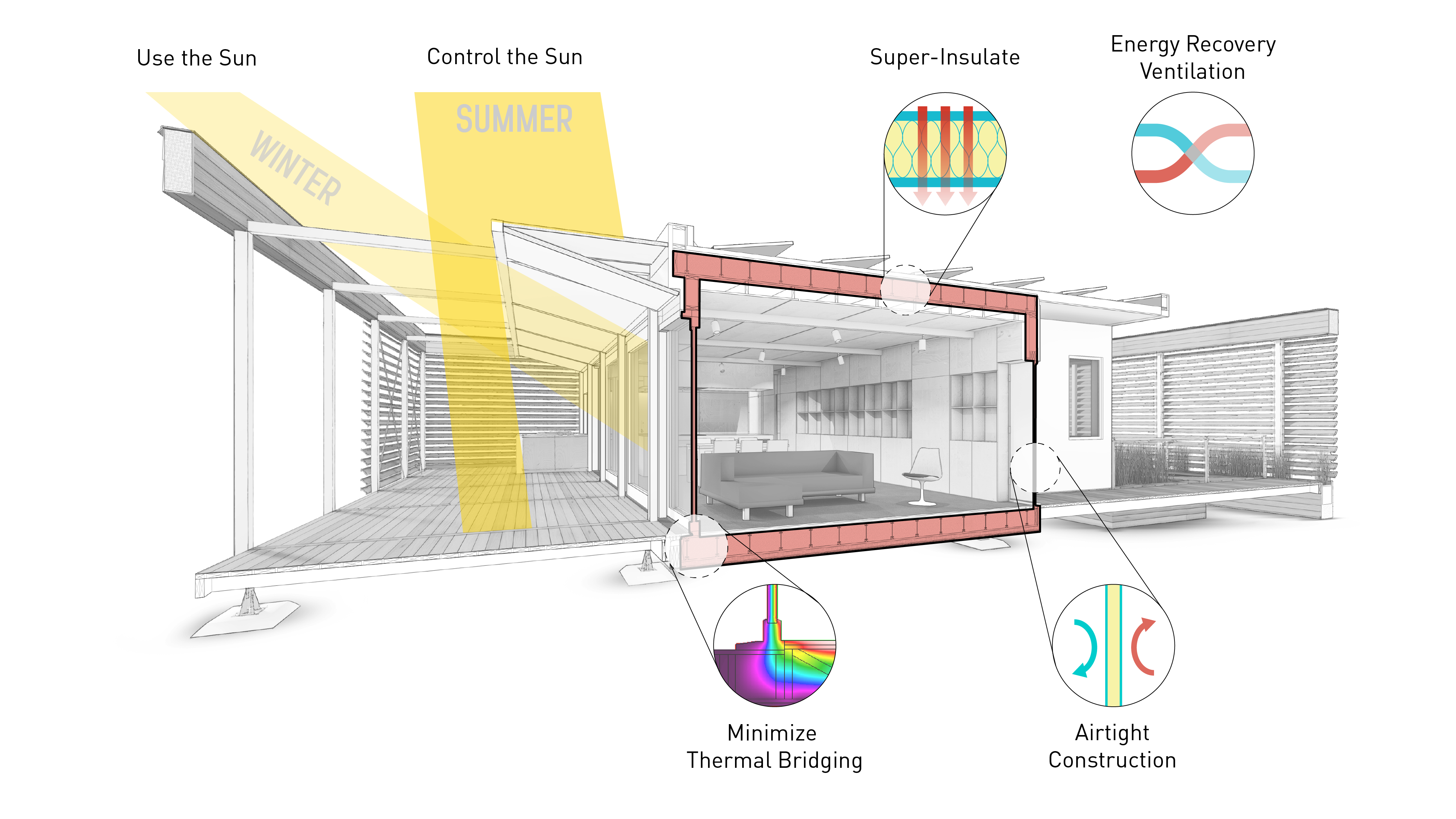
Passive House methods not only ensure a healthy building but also increase ROI for employers, improving business profitability.
Office Workplaces
One example of a successful healthy workplace is Circular’s design for the Star Garments Innovation Center, a mixed-use office and production facility in Sri Lanka that was engineered to Passive House standards for efficiency and comfort.
The building systems and enclosure were carefully designed to ensure that workers enjoy year-round comfort. Their workspace provides abundant natural light, low humidity, filtered fresh air, and maintains temperatures near a constant 24°C (77°F).
By inspiring the local building industry with its focus on energy-efficient design, this project established a clear path to reducing global carbon emissions and putting an end to worker "sweatshop" conditions.
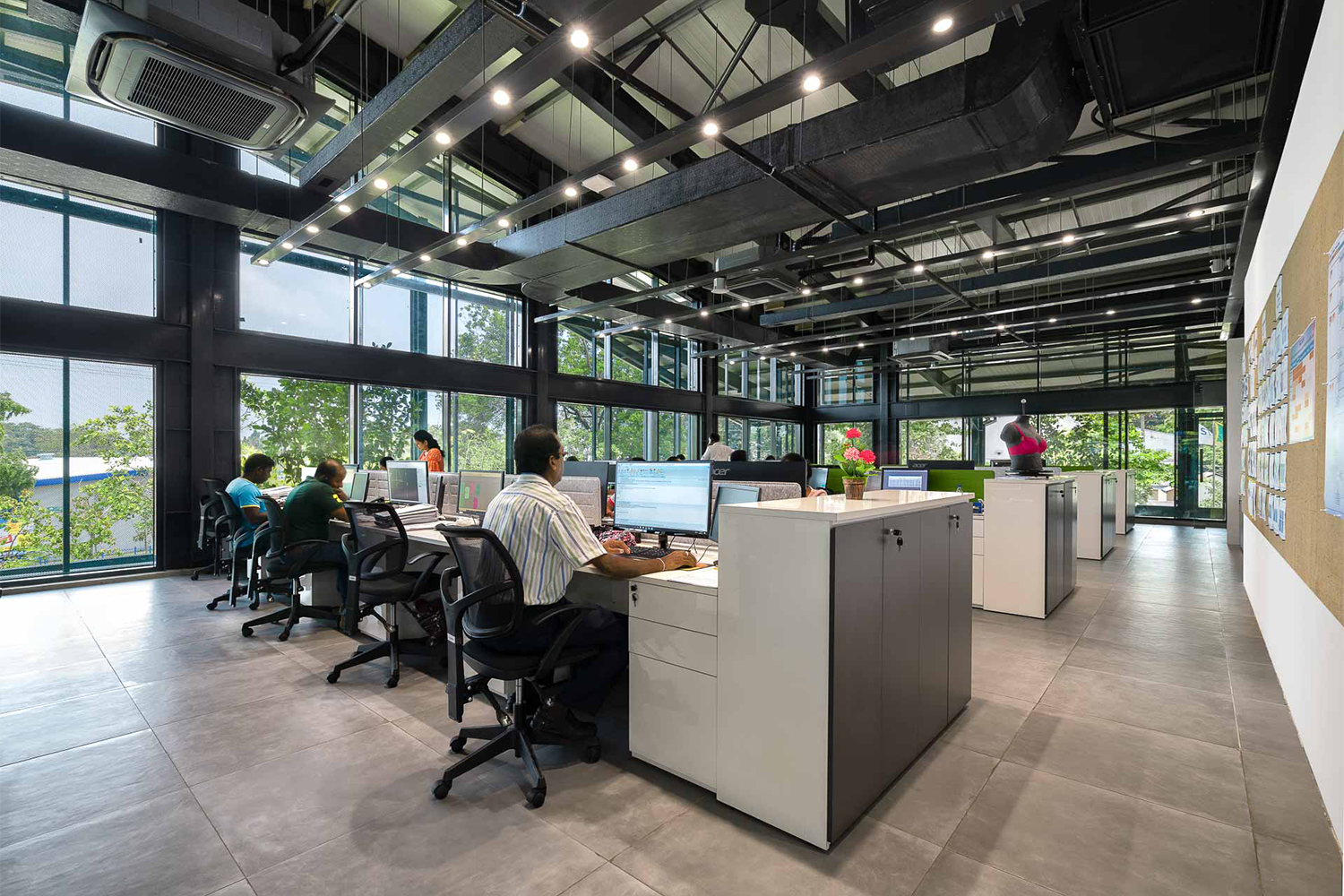
Health-focused upgrades to indoor spaces resulted in a 26% increase in occupant cognitive test performance.
Educational Workplaces
The Pandemic provided a global wake-up call to update the design and engineering of schools to address modern health needs for our students.
Circular’s 3K Pre-School in Corona, Queens employs Passive House principles to create a bright, quiet and healthy environment for children, teachers and staff.
The use of a Dedicated Outdoor Air System (DOAS) provides a centralized energy-efficient way of pre-conditioning fresh outdoor air by using energy recovery methods to extract heating or cooling energy from the exhaust air and control humidity before it enters the building.
A continuous air barrier and high spec insulation drastically reduces the amount of energy that is required to keep the rooms heated and cooled, while high-performance windows cut solar heat gain and outdoor noise but allow for abundant light and views. Intelligent controls further save energy by dimming or turning off the LED room lights in areas of the classroom that are sufficiently lit by the sun.
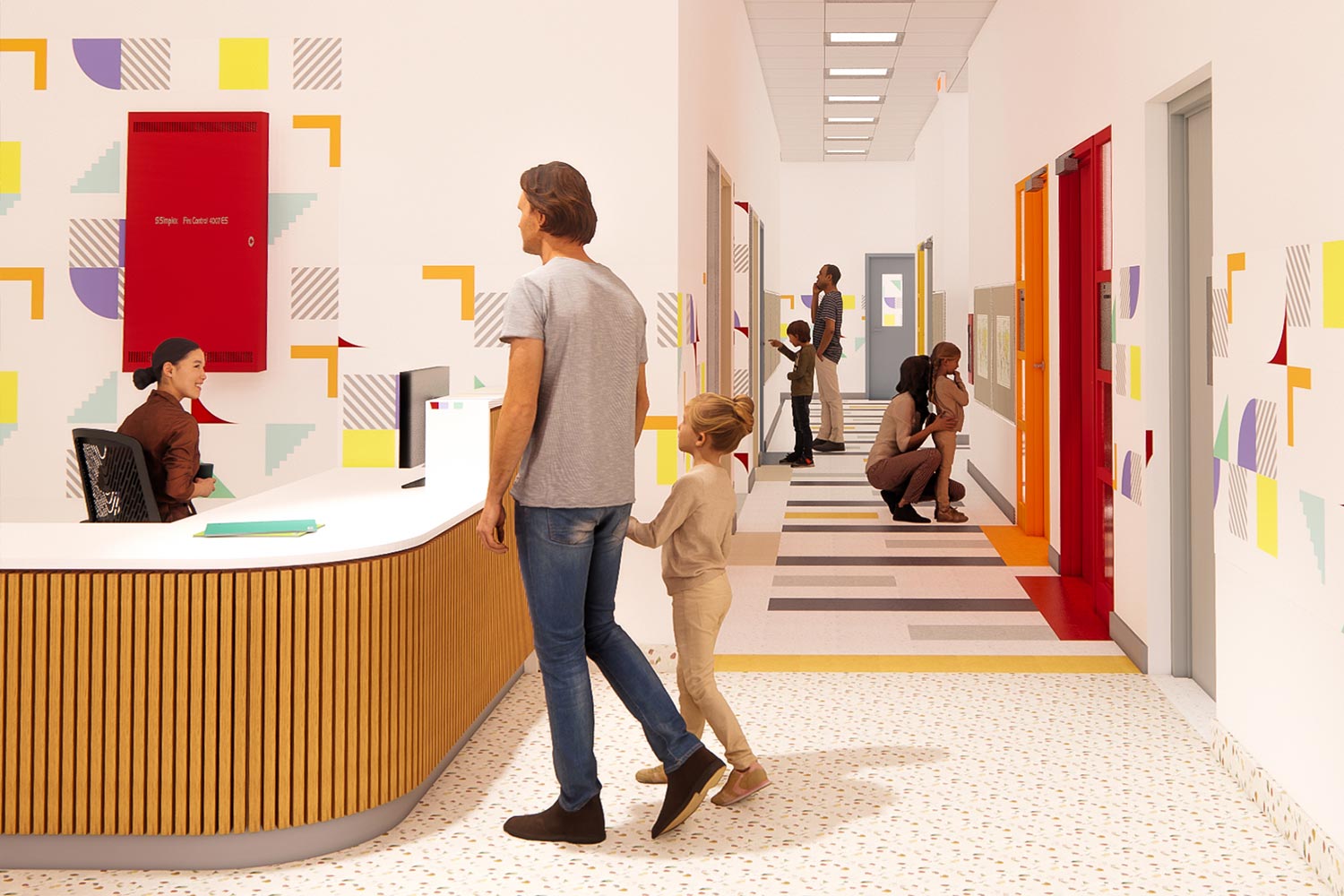
A continuous air barrier and high spec insulation drastically reduces the amount of energy that is required to keep the rooms heated and cooled.
Healthy and Happy
As businesses seek to improve offices for in-person workers, understanding the benefits of adopting Passive House methods to upgrade workplaces can unlock tangible returns in both employee health and job satisfaction as well as company efficiency and productivity. Saving energy and increasing wellness can be a holistic win-win for organizations of any size.
Passive House methods to upgrade workplaces can unlock tangible returns.



